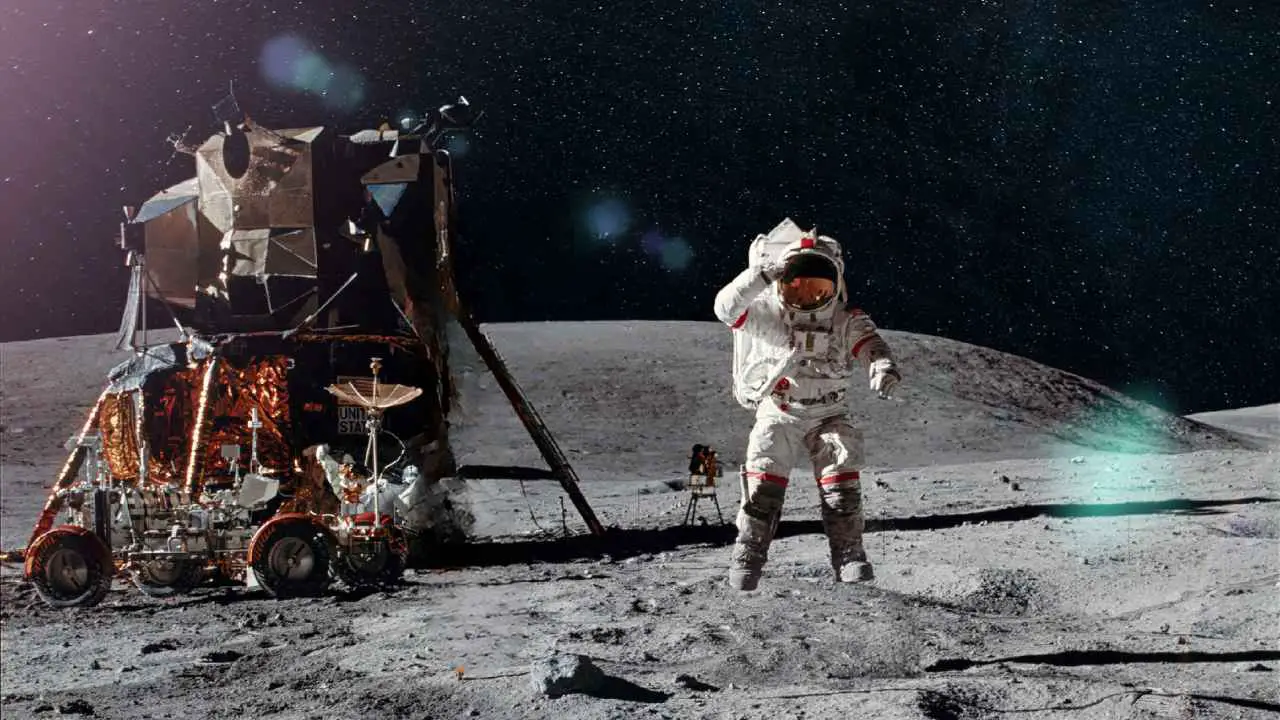Gravity is a key force that influences how objects move and interact with each other, both on Earth and in space. When we talk about the Moon, understanding its gravity is crucial for exploring its surface and conducting experiments. Gravity on the Moon is much weaker than on Earth. On the Moon’s surface, gravity exerts a force approximately 1/6th of Earth’s gravitational pull. This means that objects weigh much less on the Moon compared to Earth. The gravity on the Moon is Approximately 1.62 meters per second squared, compared to Earth’s gravity, which is about 9.81 meters per second squared. This weaker gravity affects how things move and behave on the Moon, and it’s essential to consider when planning missions or experiments there.
How strong is gravity on the moon?
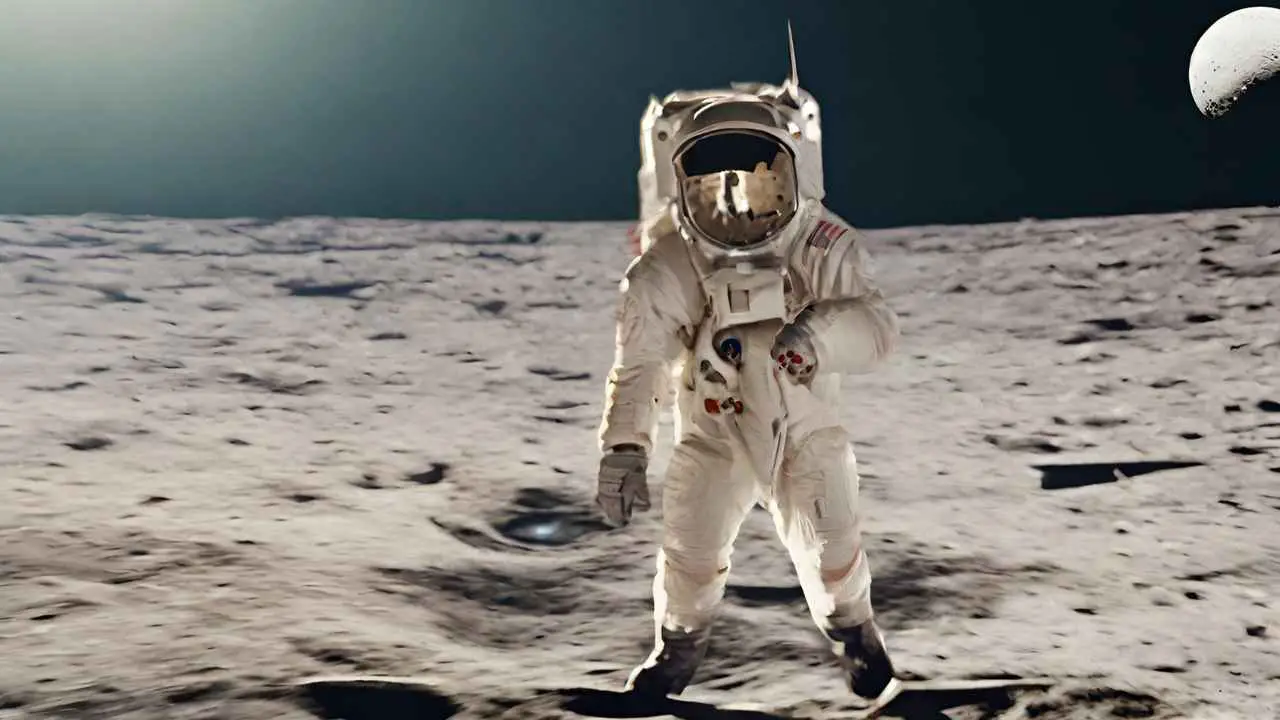
On the Moon, gravity is much weaker compared to Earth, approximately 1/6th of Earth’s gravity. Objects weigh significantly less on the Moon due to this weaker gravity. The acceleration due to gravity on the Moon is about 1.62 m/s^2, while on Earth, it’s around 9.81 m/s^2.
This means that on the Moon, you can jump higher, throw farther, and carry heavier objects than on Earth. However, it also means that you have less stability and traction, and you need more force to change your direction or speed. The weaker gravity also affects the atmosphere, the tides, and the geology of the Moon.
The Moon has a fragile atmosphere, almost a vacuum because its gravity is not strong enough to hold onto most gasses. This makes the Moon a harsh environment, with no sound or weather, because it would freeze or evaporate.
The Moon’s gravity affects the Earth’s tides, creating high and low tides as the Moon orbits the Earth. The Moon’s gravity also pulls the Earth slightly out of shape, creating a bulge on the side facing the Moon. This causes the Earth to rotate slower, and the Moon to move farther away, over time.
What is the moon’s gravity?
The Moon’s gravity is 1/6th that of Earth. The Moon’s gravity is the force that pulls objects towards its surface. It’s much weaker than Earth’s gravity. This means that objects weigh much less on the Moon compared to Earth. For example, if you weigh 60 kilograms on Earth, you would weigh only about 10 kilograms on the Moon.
Also read: What are moon quakes and what causes them?
How high can humans jump on the moon?
Humans can jump 6 times higher compared to a jump on earth. Approximately, humans can jump in the air un to 9 feet on the moon’s surface, compared to only 1.5 feet on the earth’s surface.
How strong is the moon’s gravity compared to Earth’s?
The Moon’s gravity is much weaker than Earth’s gravity—the Moon’s surface gravity measures about 1.62 meters per second squared, as stated by NASA. In contrast, Earth’s surface gravity is roughly 9.8 meters per second squared. Because the Moon’s surface gravity is 1/6th that of Earth’s, astronauts’ movements seem bouncier.
How strong is the moon’s gravity compared to other celestial bodies?
The Moon’s gravity is weaker than Earth’s but stronger than most asteroids and smaller moons in our solar system. The following is the list of celestial bodies, including planets, with an explanation of their gravity compared to that of the Moon:
| Celestial Body | Gravity |
| Moon | 1.62 m/s^2 |
| Earth | 9.8 m/s^2 |
| Mercury | 3.7 m/s^2 |
| Venus | 8.87 m/s^2 |
| Mars | 3.711m/s^2 |
| Jupiter’s Moons (e.g., Ganymede) | 24.79 m/s^2 |
| Saturn’s Moons (e.g., Titan) | 10.44 m/s^2 |
| Uranus | 8.69 m/s^2 |
| Neptune | 11.15 m/s^2 |
Why is Earth’s gravity stronger than the Moon’s gravity?
Earth’s gravity is stronger than the Moon’s due to Earth’s greater mass, resulting in a stronger gravitational pull. According to Newton’s law of universal gravitation, gravity is proportional to mass, so a larger mass results in a stronger pull. Earth’s mass is about 81 times greater than the Moon’s, and its diameter is about 3.7 times larger leading to a more significant gravitational force.
What effect does the Moon’s gravity have on the Earth?
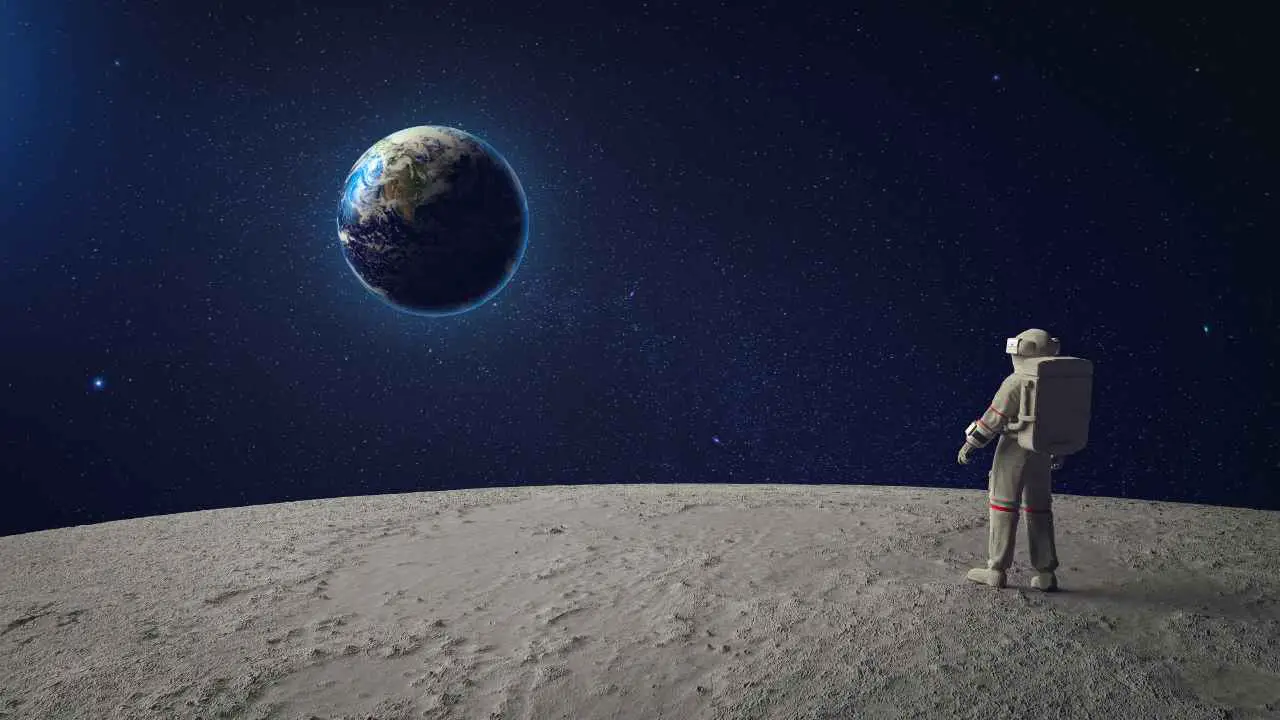
Gravity exerts several significant effects on Earth:
- Tides: It causes ocean tides by pulling water towards it, resulting in high and low tides every 24 hours.
- Orbital Stability: The Moon’s gravitational pull stabilizes Earth’s axial tilt, which is crucial for maintaining stable seasons. Without the Moon. Earth’s axial tilt could vary more widely, leading to extreme climate fluctuations.
- Day Lengthening: it gradually lengthens Earth’s day by slowing down its rotation.
- Precession: It contributed to the precession of Earth’s rotational axis, leading to a shifting of celestial poles and equinoxes.
- Stabilization of Earth’s Orbit: It helps stabilize Earth’s orbit around the Sun, ensuring relatively stable climate conditions conducive to life.
Overall, the Moon’s gravity plays a fundamental role in shaping many aspects of Earth’s environment, from oceanic tides to the stability of our planet’s orbit and climate.
How Does the Moon’s Gravity Affect Weight?
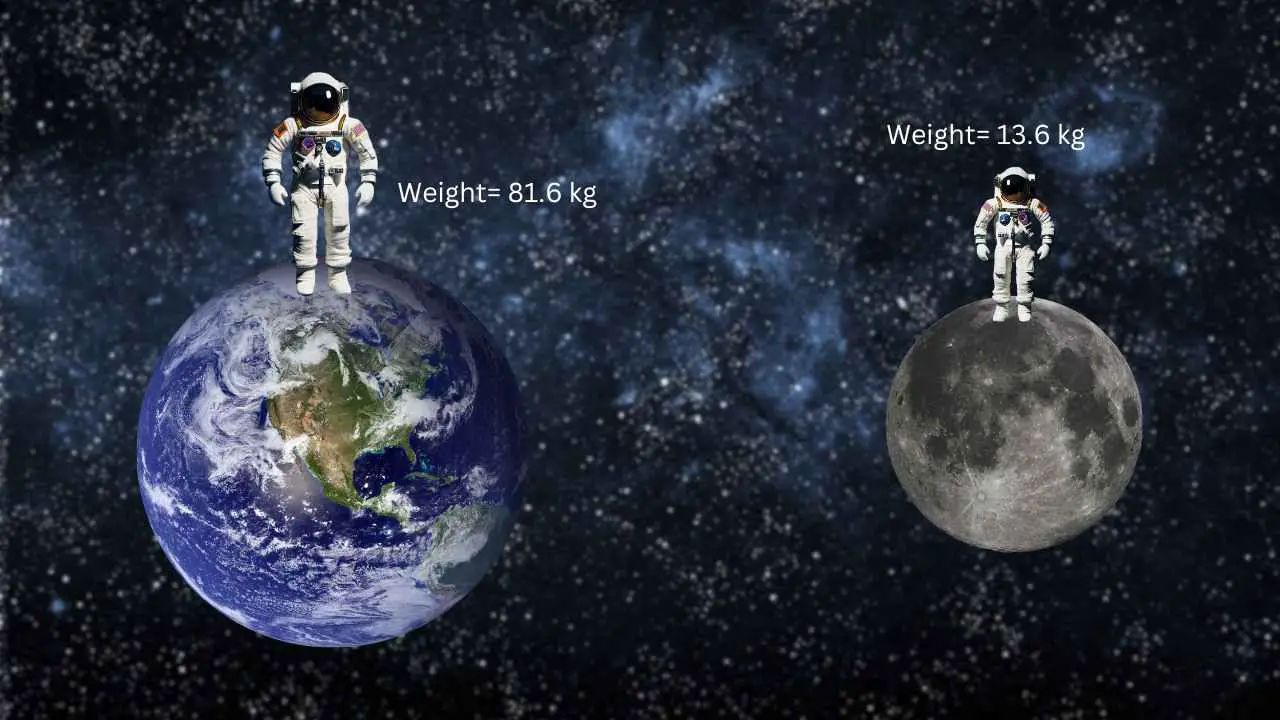
The Moon’s gravity affects weight by exerting a force on objects that is weaker than Earth’s gravity. Weight is the measure of the gravitational force acting on an object, so when you stand on the Moon’s surface, you weigh less compared to being on Earth. This is because the Moon has less mass and a smaller radius than Earth, resulting in a weaker gravitational pull. On the Moon, your weight would be approximately 1/6th of what it is on Earth. So, a person who weighs 180 pounds (81.6 kg) on Earth would weigh roughly 30 pounds (13.6 kg) on the Moon. This difference in weight between the Moon and Earth is due to their varying gravitational strengths.
How is gravity on the Moon measured?
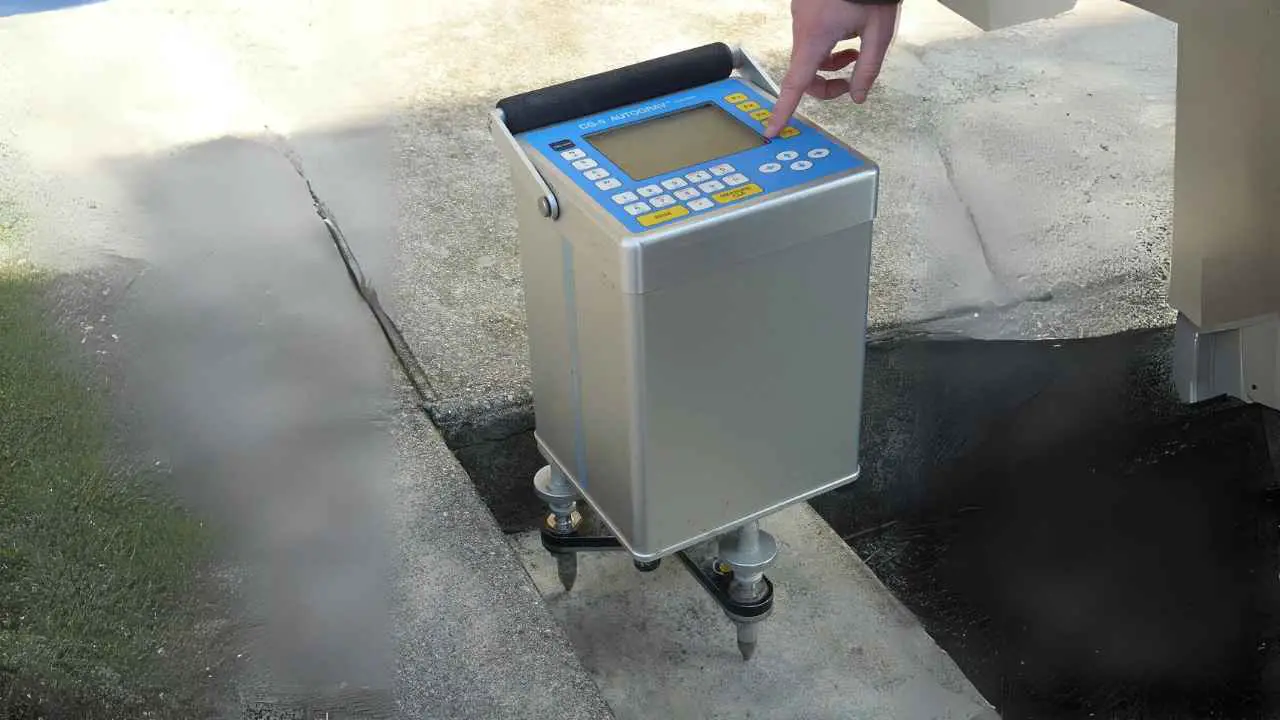
Gravity on the Moon is measured using devices called gravimeters. These tools detect how much objects are pulled towards the Moon’s surface. One common type uses a spring and measures how much it stretches when placed on the Moon. Another type, called accelerometers, measures how fast objects fall toward the Moon. These measurements help scientists understand the Moon’s gravity and its variations across its surface.
Why is the Moon’s gravity so high compared to its mass?

The Moon’s gravity is relatively high compared to its mass because of its density and composition. Despite being less massive than Earth, the Moon is still quite dense. Its interior is made up of materials such as iron and magnesium-rich silicate rocks, which contribute to its gravitational pull. Additionally, the Moon’s gravity is also influenced by its size and proximity to Earth. While the Moon is smaller than Earth, its gravitational pull is still significant due to its relatively close distance to our planet. Gravity weakens with distance, so being in orbit around Earth allows the Moon to exert a substantial gravitational force despite its smaller size.

